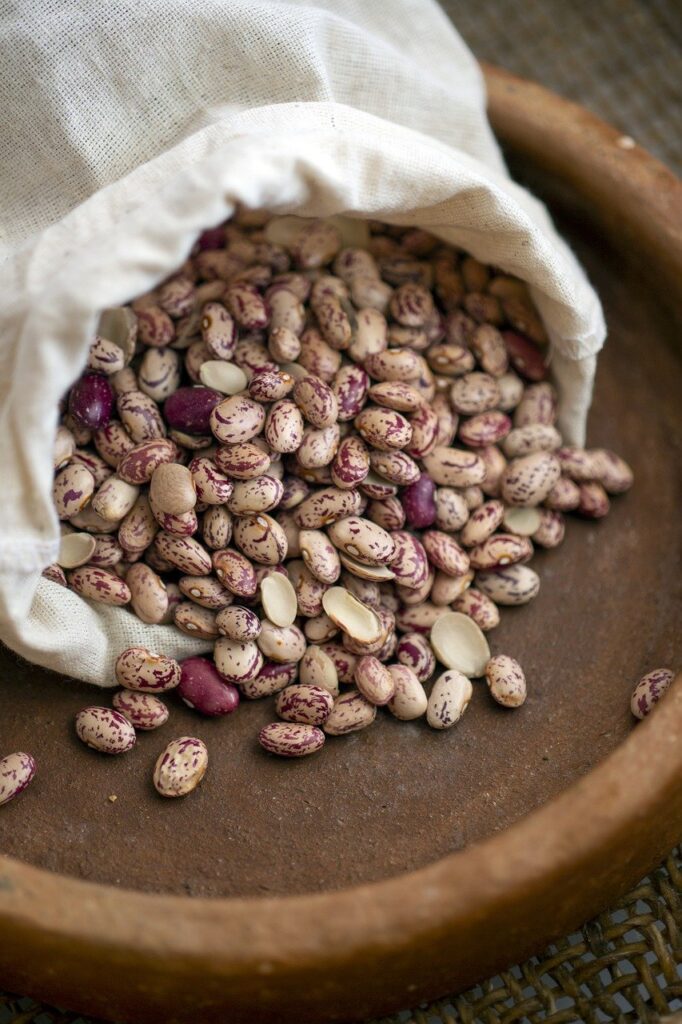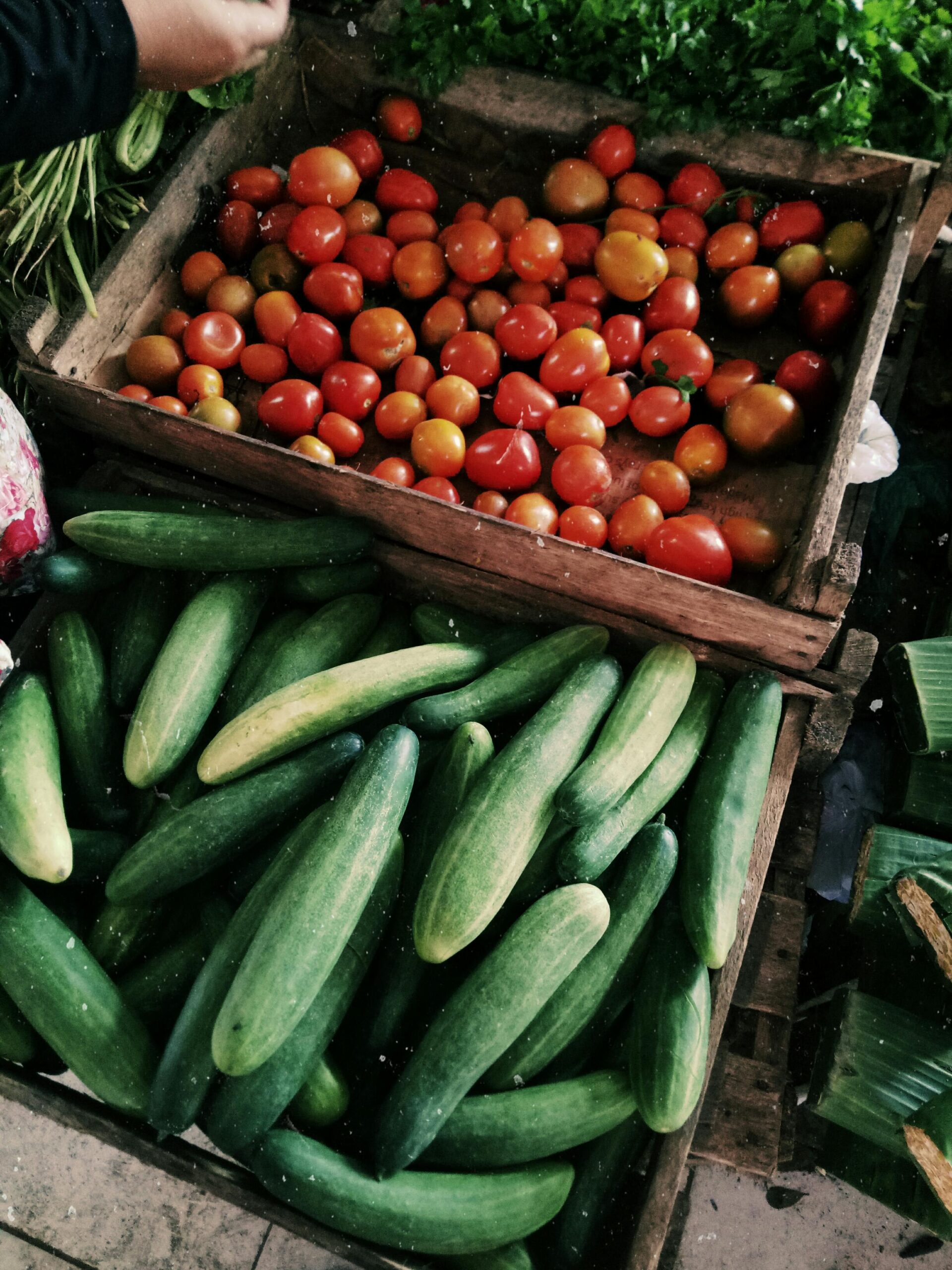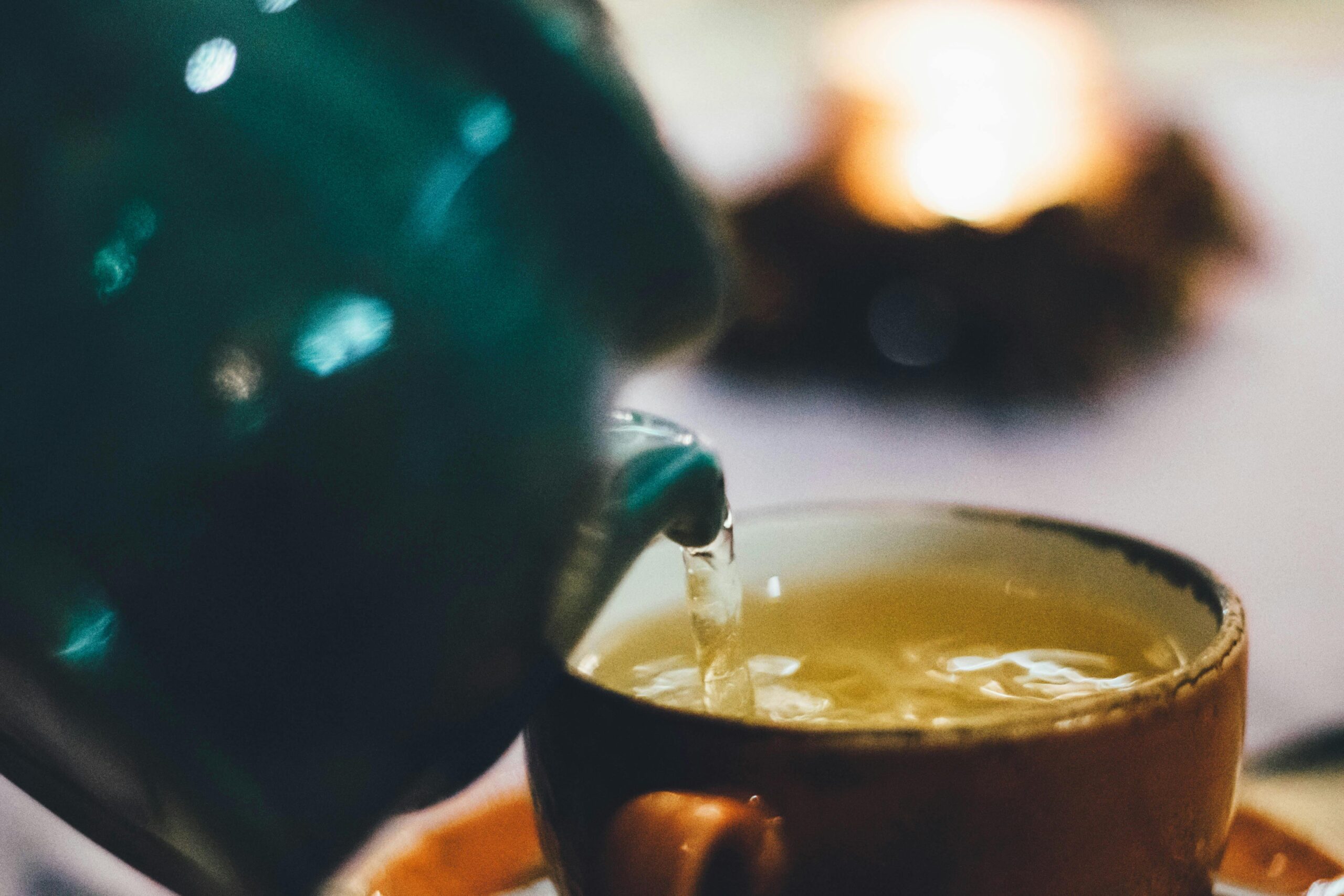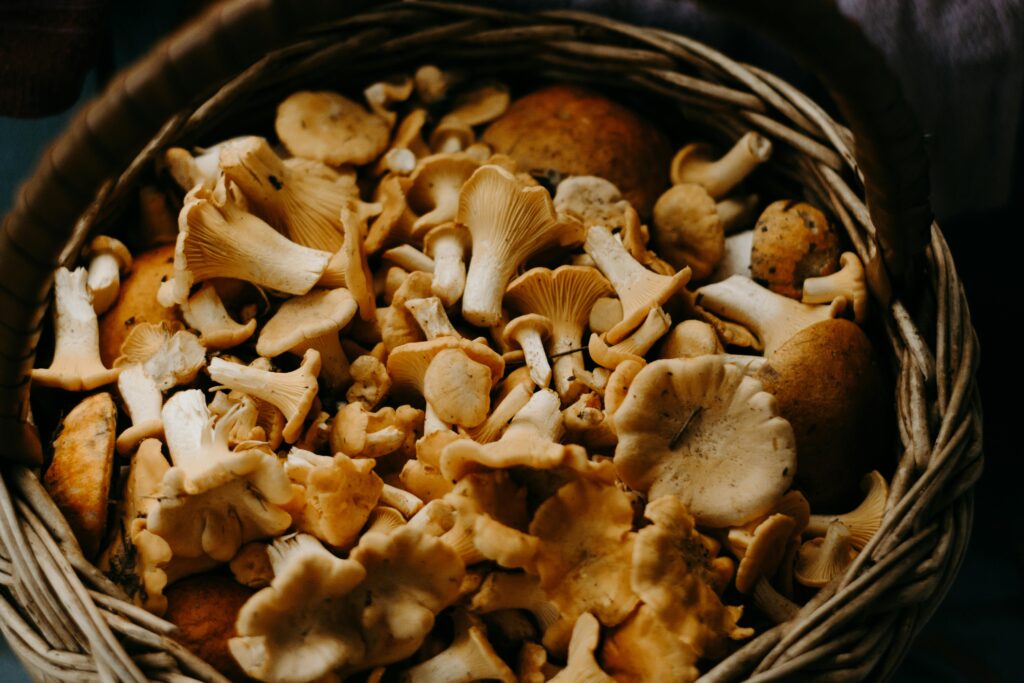Lectins: The Hidden Ingredient Impacting Your Cancer Risk
By now, most people have heard about the potential harm gluten can cause to our intestinal walls and overall health (If you don’t or need a refresher, I wrote a blog post about it here).
But a new culprit has emerged in the world of nutrition—lectins. Although lesser-known, lectins have been gaining attention in the health community and are quickly becoming a hot topic.
If you’re new to the concept of lectins and feel a bit lost, don’t worry! This article will break down everything you need to know in a simple, easy-to-understand way. By the end, you’ll have a solid grasp of what lectins are, which ones to avoid, which ones to include in your diet, and how to reduce the lectin content in your foods.

First, what ARE "lectins"?
Let’s start with the basics. Lectins are proteins found in many plant-based foods, such as grains, beans, fruits, and vegetables.
These proteins play important roles in plants, helping them grow, defend against pests, and even assist in nitrogen fixation. When it comes to human nutrition, lectins have attracted attention due to their potential impact on our health.
They’re known for their ability to bind to carbohydrates, which can lead to various effects in our bodies. Sometimes, high lectin intake or sensitivities to certain lectins can cause problems. However, not all lectins are harmful.
In fact, some have been discovered to offer health benefits. So, let’s dig deeper into the different types of lectins, their potential risks and benefits, and how to manage their presence in our diets.
Where can lectins
be found?
Lectins are present in many plant-based foods, and their concentration varies depending on the specific food source. Here are some common categories and examples of foods containing lectins:

Grains: Wheat, rice, barley, corn, and oats all contain lectins. Wheat germ agglutinin (WGA) is one of the most well-known lectins found in grains.
Beans and Legumes: Kidney beans, soybeans, chickpeas, lentils, and green beans contain lectins such as phytohaemagglutinin (PHA).
Nightshade Plants: Tomatoes, potatoes, eggplants, and peppers belong to the nightshade family and contain lectins that can be problematic for some individuals.
Nuts and Seeds: Peanuts, cashews, sunflower seeds, and other nuts and seeds contain lectins.
Vegetables: Cucumbers (gourd family) contain cucurbitacin, while bell peppers (nightshade family) contain solanine. Squash varieties, like zucchini, pumpkin, and butternut squash (gourd family), also contain cucurbitacin.
Soy Products: Soybeans and tofu contain soybean agglutinin (SBA).

The effects of lectins
on our health
Lectins can have a variety of effects on human health, depending on the type of lectin, the individual’s sensitivity, and the amount consumed. Some potential effects include:
Negative effects:
- Digestive issues: High lectin intake can lead to digestive problems like bloating, gas, and abdominal discomfort, especially in individuals with sensitivities or existing digestive disorders.
- Nutrient deficiencies: Lectins can interfere with nutrient absorption in the gut, potentially leading to deficiencies in essential vitamins and minerals.
- Inflammation: Certain lectins may trigger an inflammatory response in the body, which can contribute to chronic health issues over time.
Positive effects:
- Immune support: Some lectins, like those found in mushrooms and certain herbs, can help support immune function and protect against infections.
- Cancer-fighting properties: Certain lectins have been shown to have anti-cancer properties, potentially reducing the growth of cancer cells and promoting apoptosis (cell death).
Beneficial lectins and
their sources
While some lectins can be harmful, others offer valuable health benefits. Here are some examples of beneficial lectins and the foods that contain them:
MBLs (Mannan-binding lectins): These lectins are found in mushrooms and can support immune function, helping to protect against infections.
Lectins in garlic and onions: The lectins found in garlic and onions have been shown to exhibit anti-inflammatory and anti-cancer properties.
Herbal lectins: Parsley, basil, and other herbs contain lectins that may help reduce inflammation and support overall health.
Lectins in berries: Berries like blueberries, raspberries, and strawberries contain low levels of lectins and are packed with antioxidants that can help protect against oxidative stress and support cardiovascular health.
Avocados: While avocados contain a lectin called persea americana lectin, they’re also rich in healthy fats, fiber, and antioxidants. Consuming ripe avocados in moderation can provide valuable nutrients and support heart health.
Dark chocolate: Dark chocolate contains low levels of lectins and is packed with antioxidants, iron, magnesium, and other nutrients. Opt for high-quality, high-cocoa content dark chocolate for the most health benefits.
Nuts and seeds: Almonds, walnuts, chia seeds, and flaxseeds are all examples of lectin-containing foods that also provide healthy fats, fiber, protein, and vitamins. Moderation is key, as overconsumption of nuts and seeds can lead to excessive lectin intake.
Fermented foods: Yogurt, kimchi, kefir, and other fermented foods contain beneficial bacteria that can support gut health and help break down lectins, making them more digestible.
Cruciferous vegetables: Broccoli, cauliflower, kale, and other cruciferous veggies contain glucosinolates, compounds with potential cancer-fighting properties. While they do contain lectins, cooking can reduce their levels and make them more digestible.
Spices: Turmeric, ginger, cinnamon, and other spices contain low levels of lectins and have anti-inflammatory and antioxidant properties.
Green tea: Green tea contains a low amount of lectins and is rich in catechins, a type of antioxidant that may help protect against heart disease and cancer.

Foods with Potentially Harmful Lectins
While many plant-based foods contain lectins, some have higher concentrations of lectins that may cause adverse effects in certain individuals. Some of these foods include:
Raw beans and legumes: Contain high levels of lectins like PHA, which can cause digestive issues and nutrient malabsorption.
Unfermented soy products: Contain soybean agglutinin (SBA), which may lead to inflammation in some individuals.
Whole grains: Contain lectins like WGA, potentially contributing to digestive problems and inflammation.
Nightshade vegetables: Contain lectins like solanine, which may cause inflammation and joint pain in sensitive individuals.
Peanuts: Contain peanut agglutinin (PNA), which can cause digestive issues and potentially contribute to inflammation.
Cashews: Contain cashew nut lectin (CNL), which can also lead to digestive problems and inflammation.
Sunflower seeds: Contain sunflower seed lectin (SFL), which has been associated with digestive distress and allergic reactions in some people.
The Lectin Paradox
I know you might be thinking, ‘Wait a minute, many of these lectins we want to avoid are present in foods recommended for a cancer-conscious lifestyle! What’s safe and what’s not?’ Trust me, I understand your confusion.
The good news is that the lectin content in many of these foods can be reduced through proper preparation, and the benefits of consuming them often outweigh the risks.
This is exactly what being cancer-conscious is all about—understanding the nuances, complexities, and even paradoxes in nutrition to empower yourself with knowledge and make informed decisions about your diet.
Tips for reducing or
avoiding harmful lectins
Reducing lectins doesn’t have to be a headache, as there are several simple ways to get the job done.
Popular methods include soaking, cooking at high heat, boiling, sprouting, fermenting, and my personal favorite—pressure cooking.
When it comes to cooking beans, grains, or lentils, pressure cooking is the way to go, as it’s the most effective at reducing lectin content.
For nuts, I often soak cashews. Sprouting works wonders for mung beans, as well as other legumes like chickpeas and lentils.

In conclusion
while lectins are a natural component of many plant-based foods, they can potentially cause inflammation and digestive issues for some people. However, with proper food preparation techniques, such as soaking, sprouting, fermenting, and pressure cooking, you can reduce the lectin content in your favorite foods and continue to enjoy a diverse and nutritious diet.
Remember, there’s no need to completely eliminate lectins from your diet, especially if you’re not experiencing any negative symptoms. The key is to find a balance that works for your unique body and dietary needs. By staying informed and mindful of your food choices, you can reap the benefits of a cancer-conscious lifestyle without compromising on taste or variety.



